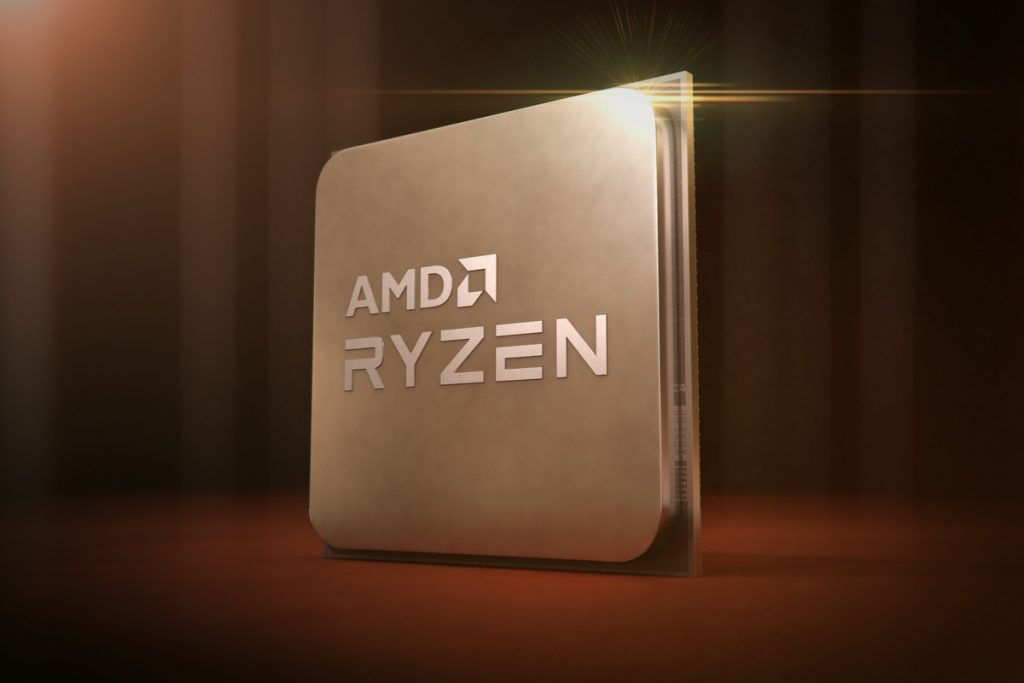With Zen 4 expected to release later this year, rumours and leaks about the upcoming architecture have become frequent. According to the latest reports, Zen 4 chips will bring a considerable IPC increase over Zen 3, as well as higher clock speeds.
Starting with the benchmark entry spotted by Petykemano, here we can see an 8C/16T AMD chip clocked at 5.21GHz running on the Splinter-RPL reference AM5 platform. The benchmark data doesn't clearly say we are seeing a Zen 4 (Ryzen 7000 series) CPU, but crossing the OPN code with older data suggests this is such a chip.
The data found in the entry also shows that the iGPU (RDNA2) of the chip was tested, giving us an early look at its performance and ID (GFX1036). Comparing the test results, the iGPU performed similarly to Vega/Xe-LP-based graphics, but we believe the iGPU wasn't running at full speed.
Moore's Law Is Dead also shared some new rumours he got from its sources. As per his data, the clock speeds could increase by 8-14%, matching the 5.2GHz we've seen in the benchmark entry. Moreover, the YouTuber also mentioned that we could benefit from a 15-24% IPC increase. Together, these improvements would result in a 28-37% single-threaded performance bump.
Other improvements coming to Zen 4 consumer chips could include 1MB of L2 cache per core (2x more than Zen 3), more PCIe lanes, PCIe 5.0 and LPDDR5/DDR5 memory support, and increased AVX-512 performance (on par with Ice Lake-X). However, the core count should remain the same, as well as the amount of L3 cache each core has.
The first products using Zen 4 would be the Ryzen 7000 series desktop processors, currently expected in late 2022. AMD may also launch the first Zen 4 server processors in Q4, followed by Threadripper in the first half of 2023.
Following Zen 4, we should get the Zen 4c, a stepping stone towards Zen 5. This architecture should only be relevant in the server market, with rumours mentioning “Bergamo” as the only platform based on it. Like Storm Peak, it's rumoured to release during H1 2023, featuring up to 128 cores, a 12-channel memory controller, up to 400W TDP and SDCI/SDCX accelerators on the IOD. Additionally, there's a chance this will be the AMD architecture using 16-core CCDs, but the cache size could be reduced to half of Zen 4's. Genoa-X is also a possibility later down the line (mid-2023), but little is known about it.
Looking further into the future, Zen 5 is expected to arrive just over a year after Zen 4, using a redesigned data fabric and cache configuration, and a newer TSMC N3 or N4P node, which could result in even bigger IPC increases. In addition, we may also see increased core counts, multiple accelerators within the product stack, and possibly a slight bump in clock speeds.
As part of the Zen 5 line-up, we will probably get the EPYC Turin series, a server platform using a tile architecture with up to 256 cores, an upgraded DMA engine, new accelerators, and SKUs with a 600W TDP. Turin is expected to be a late 2023 product.
By 2025, we should be getting Zen 6. We're still far off from any major information being revealed, but early rumours claim there will be a new cache configuration and HBM may be used on specific Zen 6 chips.
Discuss on our Facebook page, HERE.
KtiGuru says: AMD has a Computex keynote coming up this month, so we may be hearing new official details about Zen 4 very soon.
 KitGuru KitGuru.net – Tech News | Hardware News | Hardware Reviews | IOS | Mobile | Gaming | Graphics Cards
KitGuru KitGuru.net – Tech News | Hardware News | Hardware Reviews | IOS | Mobile | Gaming | Graphics Cards



